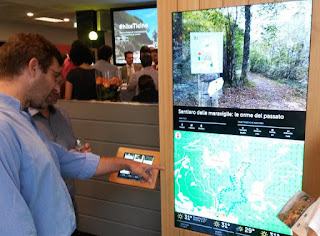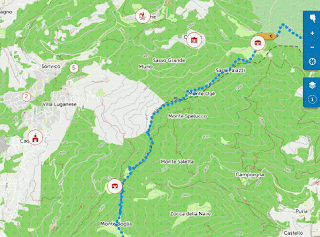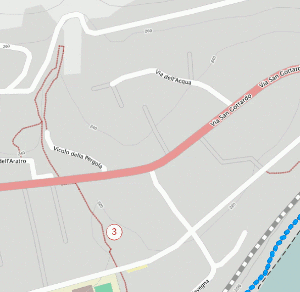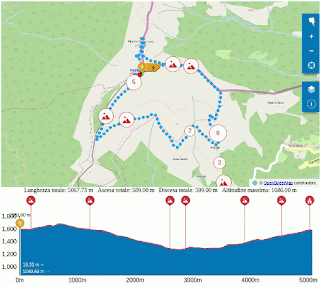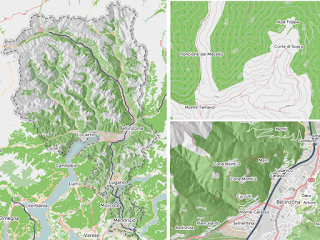The istSOS developer Team is proud to announce the release of istSOS 2.3.0-RC1
With version 2.3.0 istSOS along with several bugfixes and improvements is introducing three interesting features: authentication, data viewer and notification.
First of all we have implemented an integrated authentication & authorization system and adapted the Web interface. Depending on the role assigned to the logged user the interface automatically adapts to show permitted tasks and hide non-permitted actions.
The second feature is a renewed DataViewer interface that now includes a new map panel showing sensors positions.
The third feature is the consolidated istSOS Notification Service which thanks to several bug fixes has reached its maturity.
For those using istSOS 2.2.1, the upgrade to 2.3.0 should be painless and would need only an upgrade of the source code and a copy of the 'service' folder.
First of all we have implemented an integrated authentication & authorization system and adapted the Web interface. Depending on the role assigned to the logged user the interface automatically adapts to show permitted tasks and hide non-permitted actions.
The second feature is a renewed DataViewer interface that now includes a new map panel showing sensors positions.
The third feature is the consolidated istSOS Notification Service which thanks to several bug fixes has reached its maturity.
For those using istSOS 2.2.1, the upgrade to 2.3.0 should be painless and would need only an upgrade of the source code and a copy of the 'service' folder.
Authentication & authorization system
Up to now a standard installation of istSOS comes without any kind of protection and administrator needed to use external authentication tools. Now, with version 2.3.0 istSOS came with embedded five security modes and four accessing roles.
Security modes:
- Fully open: the simplest and that’s the way istSOS is installed by default. No protection is applied, everything is open.
- Closed: this mode blocks all unauthenticated requests to istSOS lib, WAlib and the HTML files.
- Closed, with welcome page open: blocks all unauthenticated requests to istSOS lib and WAlib. The HTML part remains open showing the welcome page with few informations.
- Hybrid: The Hybrid mode blocks all unauthenticated interaction with the HTML and the WaLib (REST API), but opens completely the access to the istSOS lib api (Sensor Observation Service).
- Hybrid with InsertObservation and RegisterSensor close: this mode inhibit the ability for unauthenticated users to register new sensors and send observation. All the other Sensor Observation Sensor requests remains publicly open
Accessing roles:
- admin: users with admin role have access to all the istSOS features
- networkmanager: The network manager has the permissions to modify everything in the domain of one or more predefined istSOS service instance. He can’t create new instances and change default istSOS configurations
- datamanager: can modify measures, update rating discharge parameters and change procedures metadata
- visitor: can view measures
Data Viewer with map panel
A new panel showing sensor position is added in the Data Viewer page. According to user preferences panels can be re-sized.
We are testing it right now on our production server so the final stable 2.3.0 release will be available soon on our repository on SourceForge http://sourceforge.net/projects/istsos/files/ .




